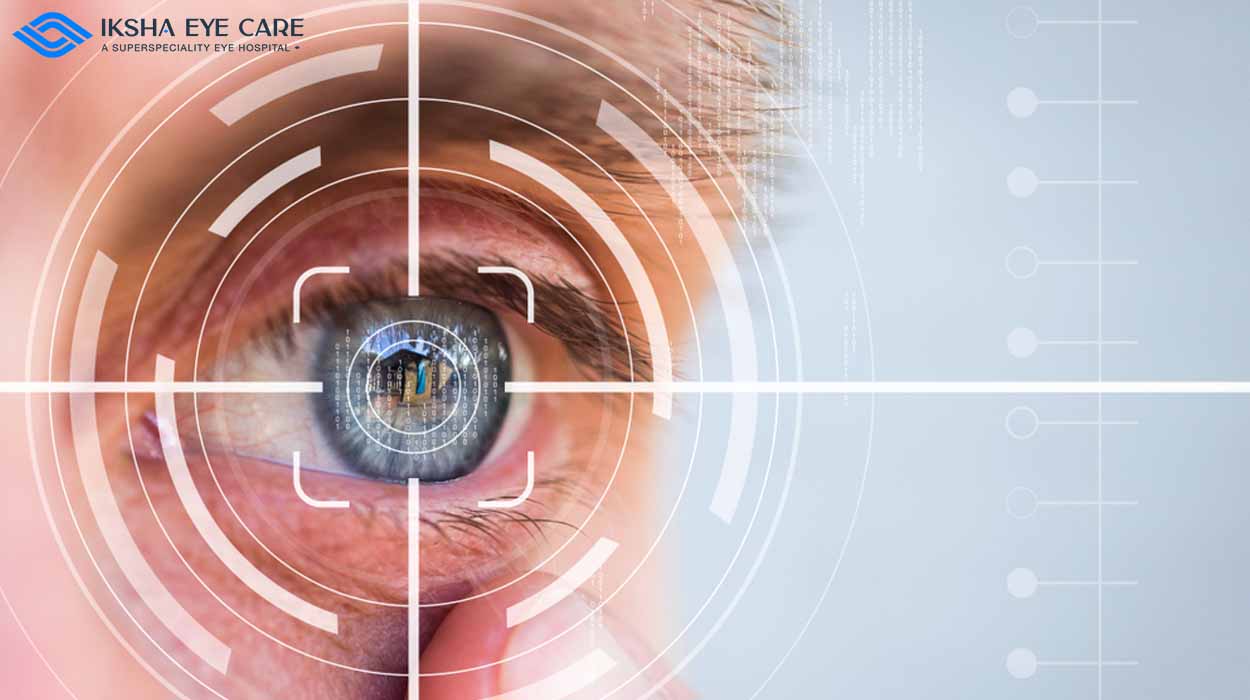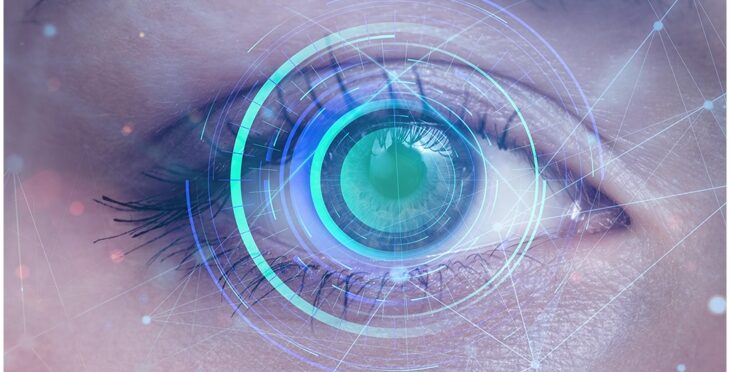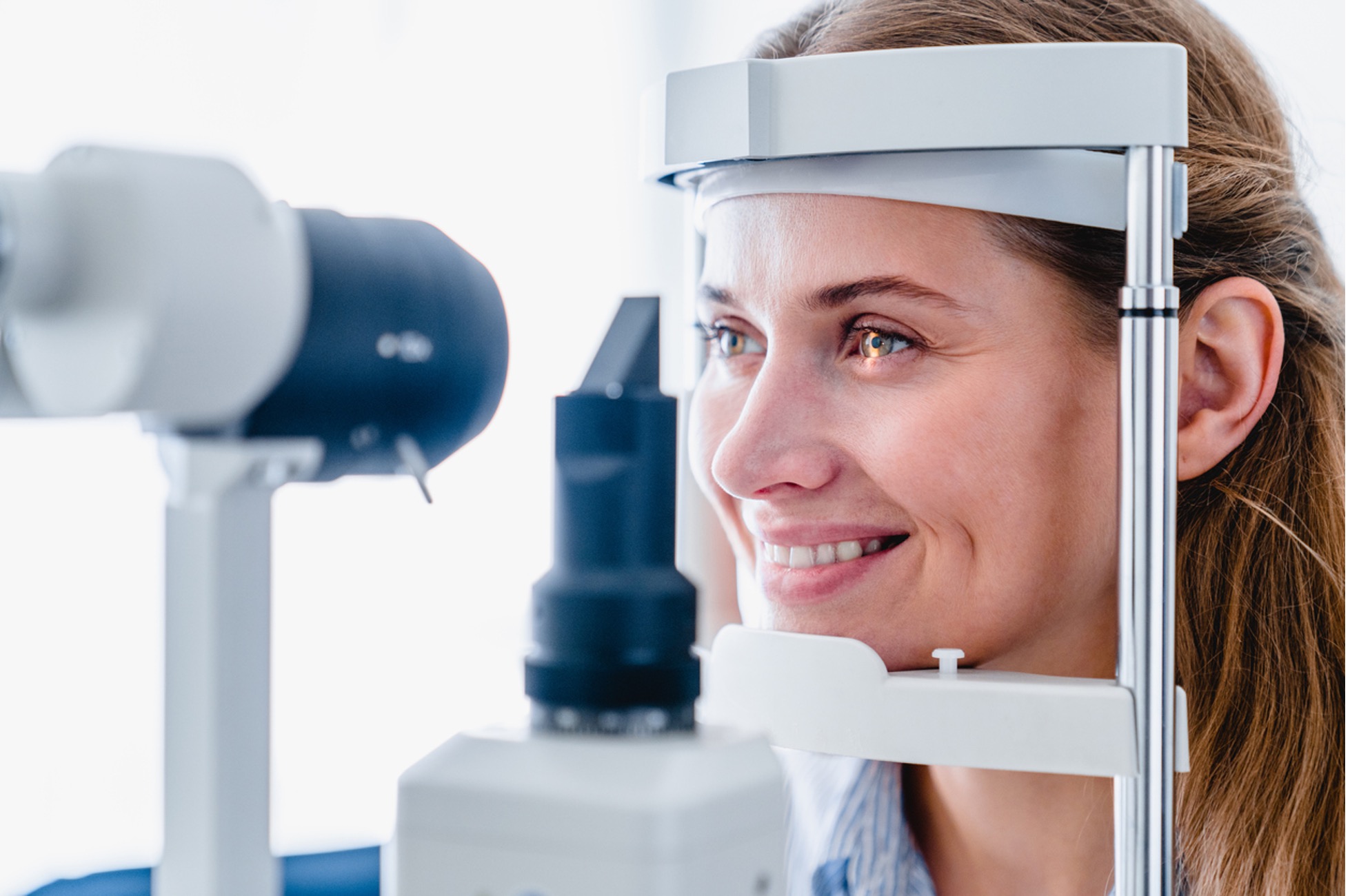Expert Glaucoma Service Near Me: Advanced Treatment Options
Expert Glaucoma Service Near Me: Advanced Treatment Options
Blog Article
The Duty of Advanced Diagnostic Devices in Identifying Eye Disorders
In the world of ophthalmology, the use of sophisticated analysis tools has actually revolutionized the early recognition and management of numerous eye disorders. From identifying refined modifications in the optic nerve to checking the development of retinal conditions, these innovations play a crucial role in improving the precision and effectiveness of diagnosing ocular problems. As the demand for accurate and prompt diagnoses remains to expand, the integration of advanced tools like optical comprehensibility tomography and aesthetic area testing has actually come to be essential in the realm of eye care. The complex interplay between innovation and ophthalmic techniques not only clarifies intricate pathologies but likewise opens doors to tailored treatment strategies.
Importance of Early Medical Diagnosis
Very early medical diagnosis plays a pivotal function in the reliable administration and treatment of eye disorders. By identifying eye disorders at an early phase, healthcare suppliers can use suitable therapy plans customized to the specific condition, ultimately leading to far better results for clients.

Modern Technology for Spotting Glaucoma
Advanced analysis technologies play a critical function in the early detection and surveillance of glaucoma, a leading source of permanent blindness worldwide. One such technology is optical coherence tomography (OCT), which provides comprehensive cross-sectional pictures of the retina, permitting the measurement of retinal nerve fiber layer density. This dimension is essential in evaluating damages created by glaucoma. An additional innovative device is aesthetic field testing, which maps the sensitivity of a person's aesthetic area, assisting to identify any areas of vision loss characteristic of glaucoma. Furthermore, tonometry is made use of to gauge intraocular stress, a major risk element for glaucoma. This examination is critical as elevated intraocular pressure can result in optic nerve damage. In addition, more recent technologies like the use Check This Out of expert system algorithms in evaluating imaging information are showing appealing cause the very early detection of glaucoma. These innovative analysis devices enable ophthalmologists to diagnose glaucoma in its beginning, enabling timely treatment and far better monitoring of the condition to stop vision loss.
Function of Optical Comprehensibility Tomography

OCT's capacity to measure retinal nerve fiber layer density permits for precise and objective dimensions, assisting in the very early detection of glaucoma also before visual field defects become obvious. Generally, OCT plays an important function in improving the analysis precision and administration of glaucoma, ultimately contributing to better end results for individuals at threat of vision check over here loss.
Enhancing Medical Diagnosis With Visual Field Screening
An important element in thorough ophthalmic assessments, aesthetic field testing plays a critical function in improving the analysis process for various eye conditions. By analyzing the complete extent of an individual's visual field, this examination supplies essential info regarding the functional honesty of the whole aesthetic path, from the retina to the aesthetic cortex.
Visual area screening is specifically beneficial in the diagnosis and management of problems such as glaucoma, optic nerve problems, and different neurological diseases that can affect vision. Via measurable measurements of peripheral and main vision, medical professionals can find subtle changes that may suggest the existence or development of these disorders, also prior to recognizable signs take place.
Additionally, aesthetic field testing enables the surveillance of therapy effectiveness, aiding eye doctors customize restorative treatments to private clients. eyecare near me. By tracking modifications in visual field efficiency over time, healthcare carriers can make enlightened decisions concerning readjusting drugs, advising surgical treatments, or executing other proper steps to maintain or enhance a patient's aesthetic function
Handling Macular Deterioration

Verdict
In final thought, progressed analysis tools play a critical function in recognizing eye conditions early on. Technologies such as Optical Coherence Tomography and aesthetic field testing have actually substantially improved the precision and performance of diagnosing conditions like glaucoma and macular degeneration.
Report this page